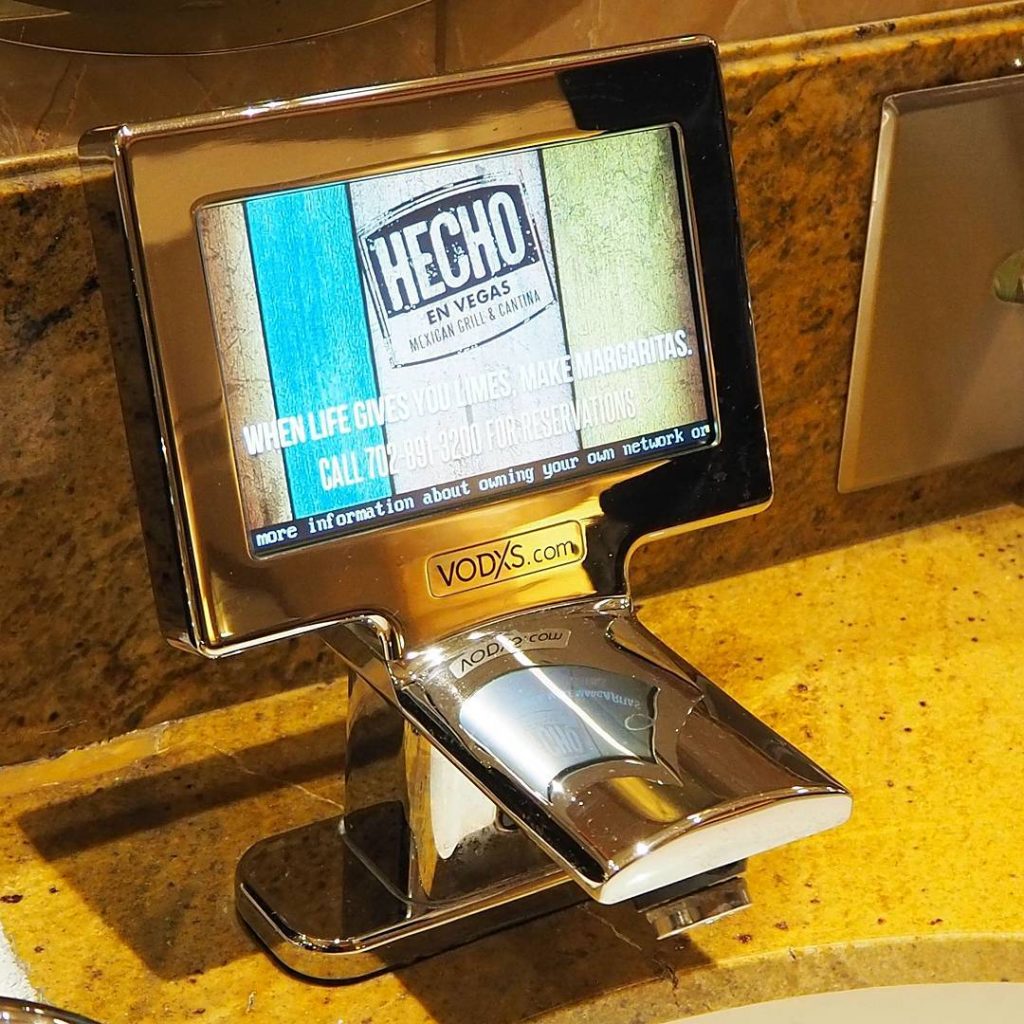Digital Signage in Government Services – Boosting Efficiency and Saving Money
BY Alex Mardikian
The public sector can always do with help that enables smoother running and quicker functioning. With digital signage, public service institutions that include courts, police stations, and sundry government offices can become more efficient and save money while generating goodwill for the work they do.
From delivering relevant information via screens to people in waiting rooms to resolving queries through digital kiosks, government agencies can put digital signage to really good use. Washrooms in government offices and public sector offices are spaces with high footfalls. With DOOH-based VODXS intelligent faucet ads, you can address a member of the pubic individually and provide information of specific use to the person. It could be a gentle reminder to not drink and drive or thanks for being a conscientious tax payer.
The benefits of using digital signage in government offices are not really different from what restaurants, clubs, pubs, parking lots and other public sector establishments are already experiencing. The beauty of DOOH is that it can be customized for use in any environment.
In general, with DOOH a government agency can expect better communication, both among staff and with members of the public. Information is disseminated in a transparent manner. Information can be dispersed such that it remains consistent across all branches of an institution; this can be achieved because of a centrally located control system that lets you monitor and edit messages for signages spread over different locations. Consistent messaging is of particular help during emergencies such as floods or fires.
Instead of having to answer questions or print information related to public holidays or emergency situations, the same can be flashed on a digital screen.
Digital signage can educate people. At an airport, apart from wayfinding, these can guide about processes, such as a luggage check. At bus stands, digital signage can flash the approximate arrival time for buses, based on real-time input obtained from a compatible device installed in the bus.
The reach of digital signage at public destinations is massive. An advertisement displayed at a railway station or an airport will register more eyeballs than if it were played on Facebook. Government agencies can earn substantial revenue by playing such ads.
Digital signage can supplement other modes of internal communication such as emails and ensure timely action. The information could pertain to a change in meeting timings or a staff picnic. Or, maybe a gentle reminder to save water when using the urinals.
Interactive digital signage can display maps and routes to locations; thereby aiding navigation. The front office will no longer have to patiently answer questions on the nearest exit, toilet, or escalator.

